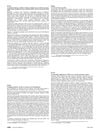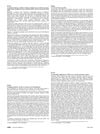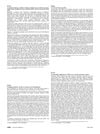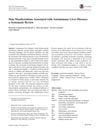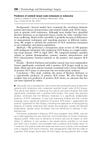Association Between Nodular Melanoma Depth and Area-Based Socioeconomic Status, Healthcare Access, and Preventive Services Use in the United States
May 2014
in “
Journal of The American Academy of Dermatology
”
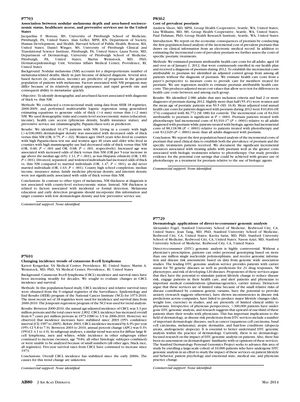
TLDR Melanoma thickness at diagnosis is linked to access to dermatologists and preventive services, not to socioeconomic status.
The study examined the association between the depth of nodular melanoma (NM) at diagnosis and various demographic and area-based factors in the United States, using data from 10,475 patients with NM from the SEER 18 registries between 2000-2009. The results showed that living in a county with a high density of dermatologists was associated with a decreased likelihood of being diagnosed with thick NM. Women aged 18-65 in counties with high Papanicolaou test use and women over 40 in counties with high mammography use also had decreased odds of thick NM. Increased age and Hispanic ethnicity were associated with increased odds of thick NM, as were individuals who were divorced, separated, widowed, or never married. County-level socioeconomic status, such as education, income, and insurance status, were not significantly associated with NM thickness. The study concluded that NM thickness at diagnosis is more related to factors associated with incidental or formal detection rather than socioeconomic status, suggesting that melanoma education and early detection programs should target areas with low dermatologist density and low preventive service use.
